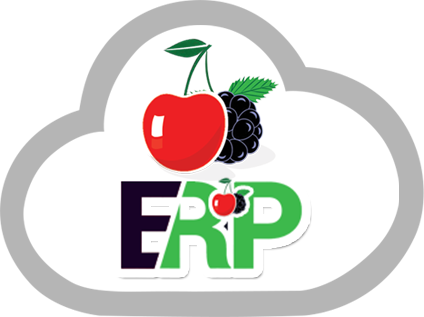Streamlining Procurement Processes through ERP Purchasing Module
Contemporary Enterprise Resource Planning (ERP) platforms provide businesses with integrated software to handle major business activities that include selling, purchasing and procurement. ERP systems can lead to better productivity, efficiency, cost savings, and better visibility by automating and reforming procurement processes. This essay will provide an overview of ERP purchasing module and their key benefits in centralizing and enhancing procurement operations across companies.
Benefits of ERP Purchasing Module:
An ERP purchasing module is an important feature of an ERP system, handling key tasks like purchase orders, supplier management, receipts of products, purchase requisitions, and more. Implementing an ERP purchasing module can provide several advantages, some of them are given below.
Centralized Procurement Data and Workflows:
Having a centralized database for all procurement data is a great benefit, from supplier information to transaction records. This feature provides real-time visibility into purchasing operations across the company. Workflows become standardized across business units.
Supply Chain Integration:
Purchasing modules integrate easily with other ERP features like accounts payable, asset management, inventory, and order management. As products are ordered and received, inventory levels automatically update the information. Invoices also flow electronically into payables. This synchronization across the supply chain enables lean, just-in-time purchasing.
Automated Processes and Approvals:
ERPs come with incredible workflows for purchase orders and requisitions, invoice handling and approvals. This eliminates tiresome manual paperwork tasks, and speeds up the purchasing cycle. Configurable rules-based approval workflows also enhance compliance and policy adherence.
Analytics and Reporting:
The centralized database system in an ERP provides a “single source of truth” for purchasing analytics, such as spend analysis, supplier performance, and contract utilization. The graphical reports and Dashboards analytics provide insights for data-driven decision making to optimize procurement efficiency.
Some other benefits include maverick spend control, discounted supplier pricing, increased contract compliance, and more strategic supplier relationship management.
Key Features of ERP Purchasing Modules:
Purchasing modules have a comprehensive set of features to handle the full procurement lifecycle:
Supplier Management:
ERPs provide supplier registration, classification, performance evaluation, contract management, and relationship analysis. This aids supplier qualification, rationalization, and development.
Purchase Requisitions:
Employees across the organization can create and submit purchase requisitions online for review and approval. Requisition templates further simplify ordering of routine items.
Purchase Orders:
Once approved, requisitions automatically convert to purchase orders and flow electronically to suppliers to begin order fulfilment. POs integrate with supplier catalogues for efficient ordering.
Goods Receipt:
As items arrive, employees can log and track receipts to initiate supplier payments and validate order accuracy. Receipts trigger automated invoice generation in some ERPs.
Procurement Analytics:
Configurable dashboards provide insights into spend, supplier performance (on-time delivery, product quality), price variances, contract coverage, and more to empower data-driven decision making.
Conclusion:
Hence, implementing an integrated ERP purchasing module as part of an ERP system provides significant benefits for centralizing, streamlining and providing visibility across procurement operations. Key features help enhance compliance, supplier relationships, supply chain integration, and purchasing efficiency. ERP procurement functionality enables organizations to gain substantial competitive advantage through a lean, agile, and analytics-driven purchasing process. As ERP systems continue evolving, alongside emerging technologies like automation and the Internet of Things, procurement is poised to become even smarter, faster, and more impactful.
Conclusion
Looking ahead, purchasing modules are rapidly evolving to provide even greater value in the future. With trends like digitalization, mobility, automation, and advanced analytics, ERP procurement capabilities are becoming smarter and more tightly integrated across the enterprise. For example, self-service purchasing via mobile apps enables employees to efficiently order standard items from preferred suppliers, reducing maverick spend. RPA bots handle high-volume tactical tasks like purchase order creation and invoice processing, freeing up human purchasers to focus on value-added responsibilities.
Predictive analytics leverages AI and machine learning to analyze billions of procurement data points, accurately forecasting future demand, risks, prices, and supply availability. As the purchasing module continues to progress in today’s digital business landscape, procurement is transforming from a tactical back-office function into a strategic driver of flexibility, responsiveness, and bottom-line savings. The path forward for ERP systems is to make once complex manual processes simple, touchless, insights-driven, and seamlessly connected across the supply chain. CherryBerry ERP also provides this service. So you can contact us to avail it.
